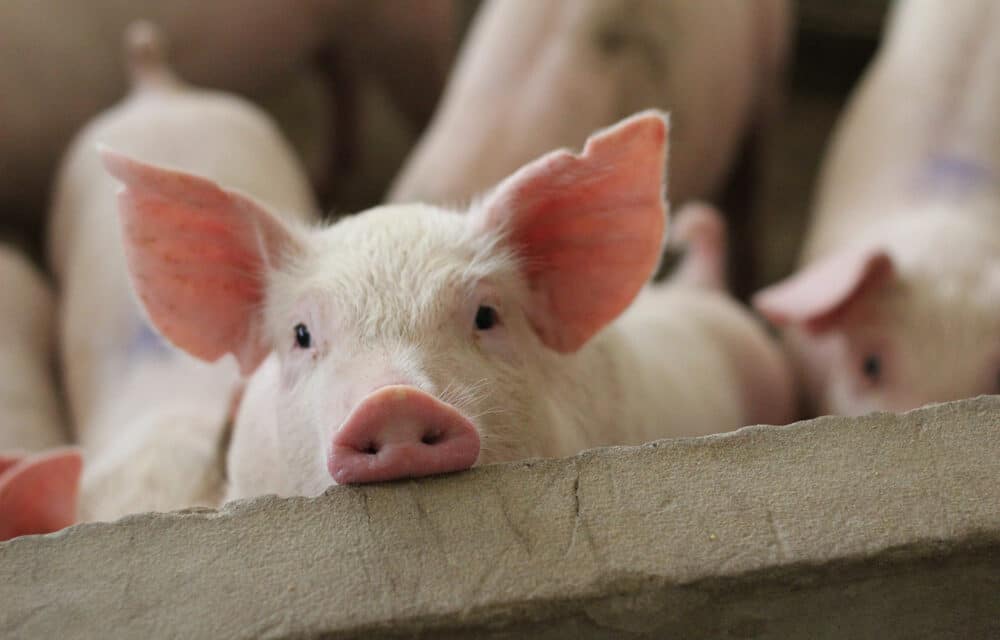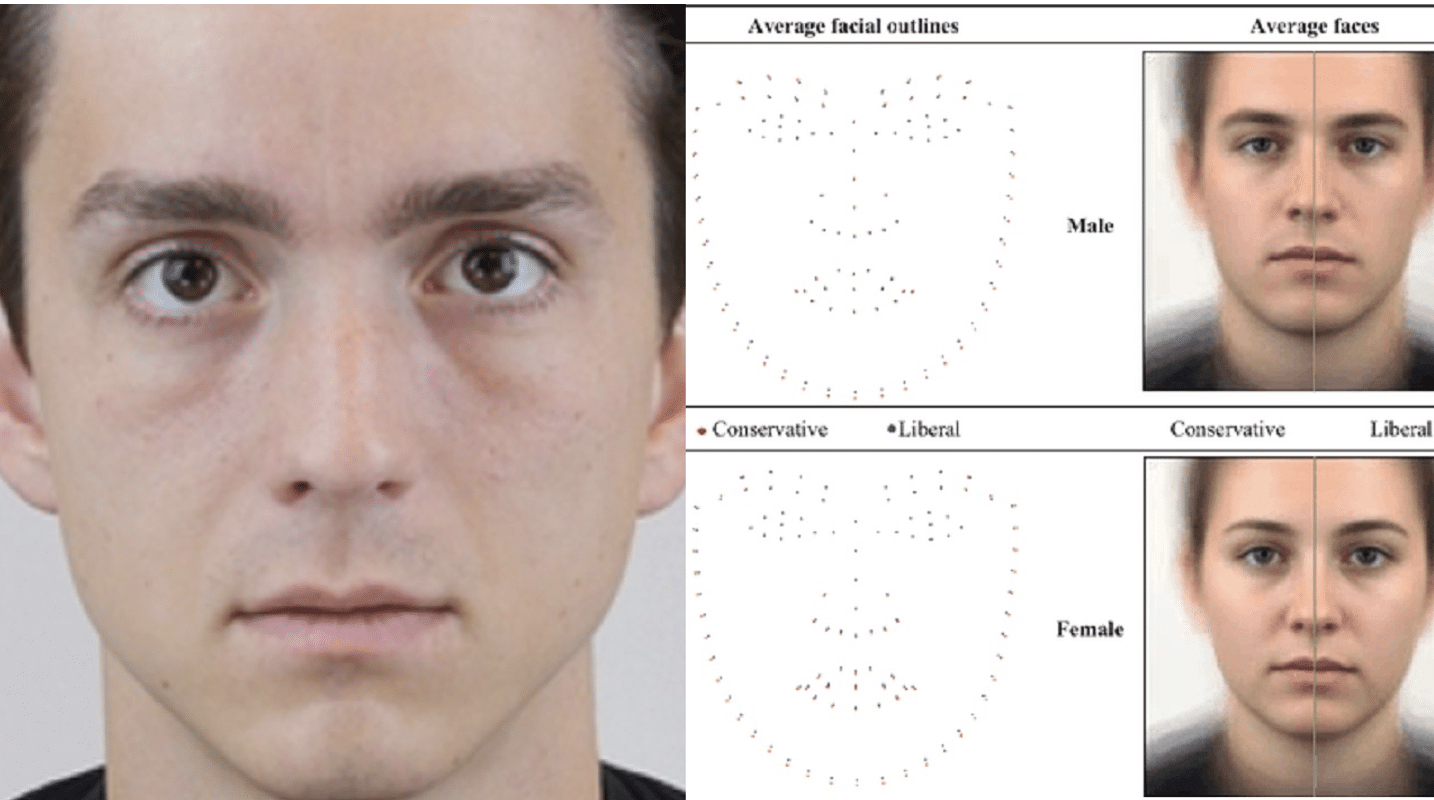New research is confounding conventional wisdom about life and death. Researchers at Yale University used a new technology to restore cells in some organs of pigs that had just died, bringing the animals’ cells back to function.
The findings, which were published Wednesday in the scientific journal Nature, raise profound ethical questions about how medicine defines death but also teases new possibilities for the collection of human organs for transplant.
“My eyes went wide,” Brendan Parent, an assistant professor of bioethics at the NYU Grossman School of Medicine, said about the moment he first read the new findings. “My brain went to all the crazy places we could go in 20 or 30 years.” Parent was not involved in the study, but was asked by Nature to write a commentary discussing the implications of the new technology.
The research is still in an early, experimental phase and many years from potential use in humans. It could ultimately help to extend the lives of people whose hearts have stopped beating or who have suffered a stroke. The technology also shows potential to dramatically shift how organs are collected for transplant and increase their availability to patients in need.
When the heart stops beating, blood flow is cut off from the body in a process called ischemia and a cascade of biochemical effects begins. Oxygen and nutrients are cut off from tissues. Cells begin to die. It’s a path toward death that causes damage that scientists have considered irreversible.
The new research challenges that idea. “The demise of cells can be halted,” Dr. Nenad Sestan, a professor of neuroscience at the Yale School of Medicine and an author of the new research, said during a news conference. “We restored some functions of cells across multiple organs that should have been dead.”
The Yale researchers accomplished this feat by constructing a system of pumps, sensors and tubing that connects to pig arteries. They also developed a formula with 13 medical drugs that can be mixed with blood and then pumped into the animals’ cardiovascular systems. READ MORE


















